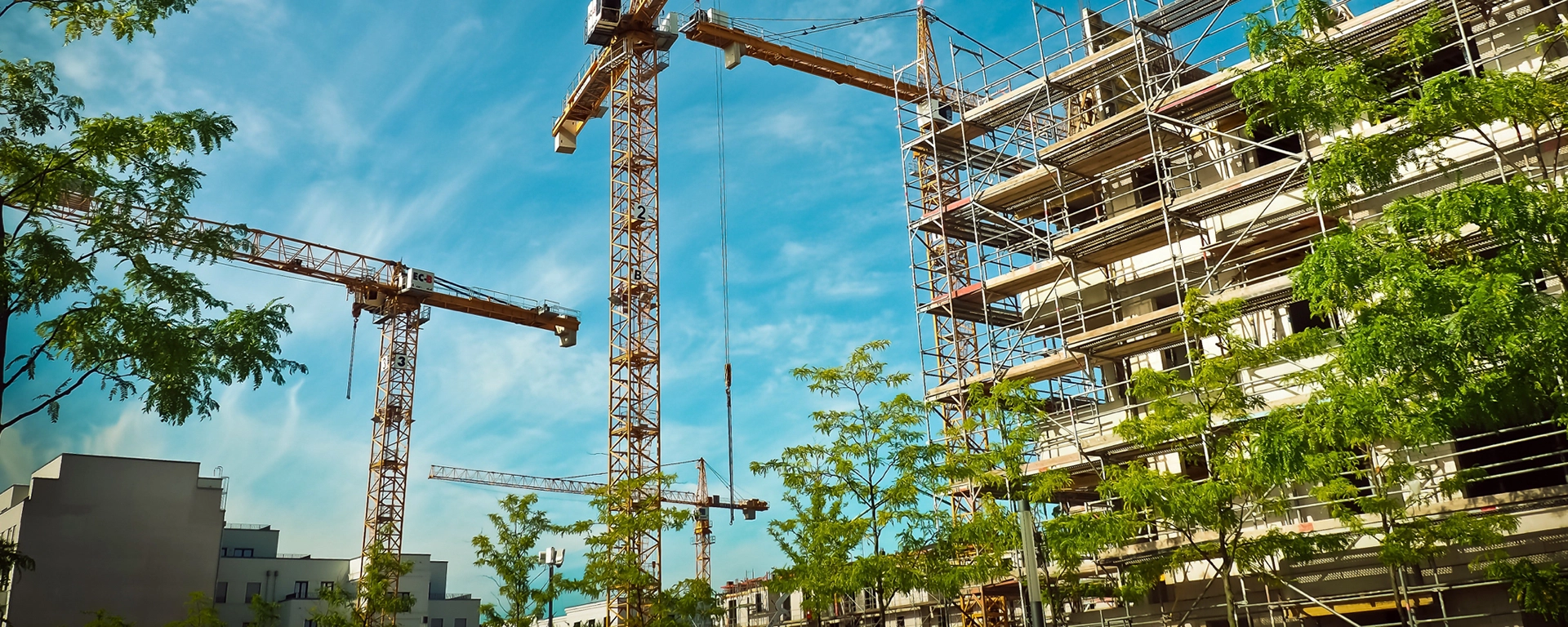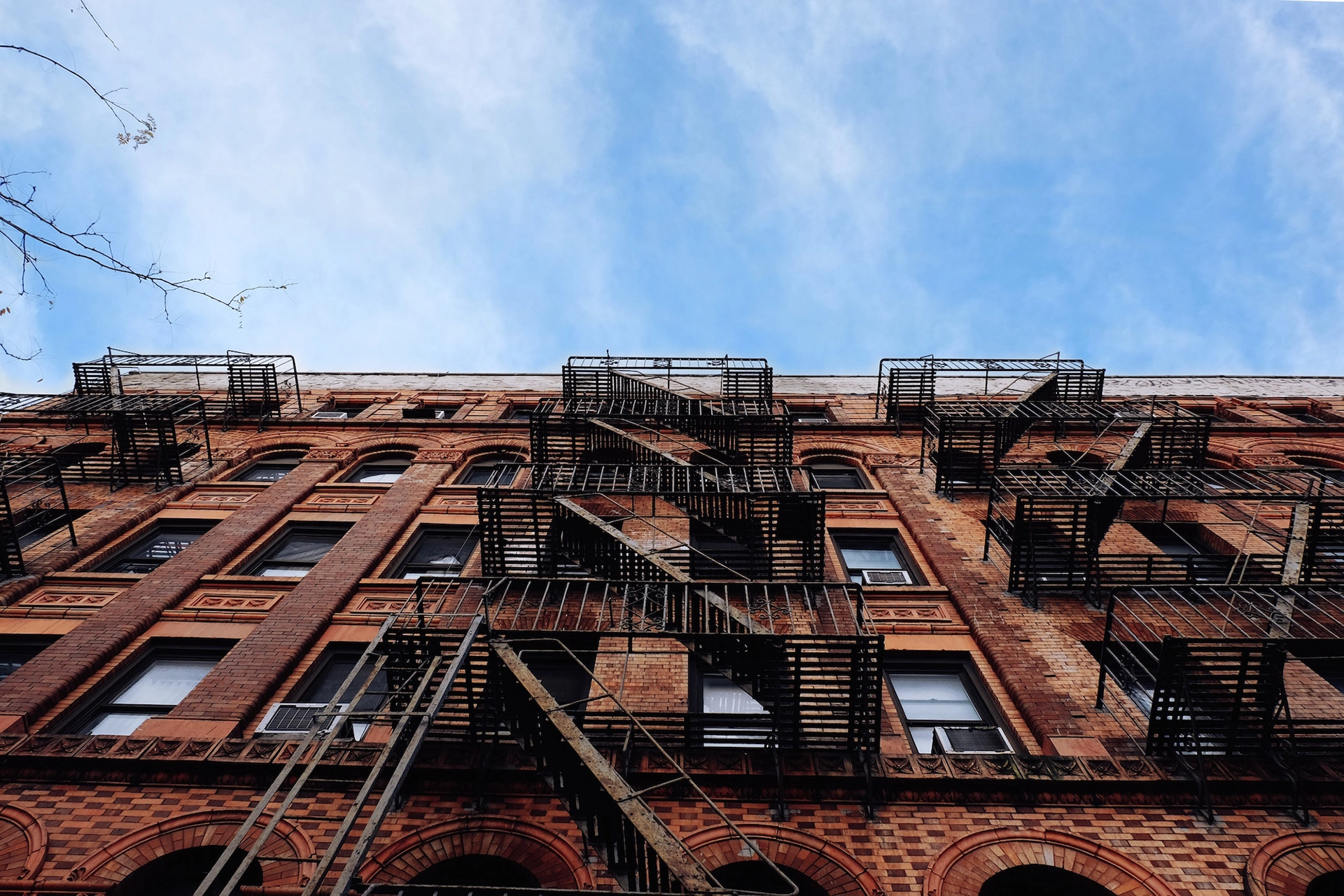421-a Law Overview and History
The 421-a Tax Exemption law, originally enacted on July 1, 1971, was designed to spur economic and residential development in a faltering city. Since its inception and initial implementation, and through multiple iterations and renewals of the 421-a law, the program has now become synonymous with affordable housing.
Under the old 421-a program – which expired on December 31, 2015 – only new development projects within Geographic Exclusion Areas or GEAs were required to offer an affordability component. 421-a development projects located within GEAs are required to offer at least 20% of their units as affordable, at up to 60% AMI (Average Median Income) or up to 120% AMI if the project is receiving additional, substantial government assistance. Projects outside of GEAs were under no requirement to offer any affordable housing as part of their development. The exemption was also capped at 15 to 20 years, and there is no restriction with regard to combining the exemption with other government subsidies.
The new legislation, passed in June 2015, and slated to become effective in January 2016, requires that all new rental development projects applying for the subsidy offer at least 25% and up to 30% of their units as affordable. With the new 421-a legislation, the tax exemption period is extended to a much more generous 35 years. However, rental project developers who want to benefit from the tax exemption program must now choose one of the three affordability options offered as part of the new legislation.
Affordability Option A
Under the proposed new law, affordability Option A would be geographically unrestricted, meaning that this option is open to all rental development projects across all areas of the New York City boroughs. Affordability Option A would require developers to set aside at least 25% of their newly developed rental units as affordable units, with 10% of those units set at an affordability level that is not to exceed 40% AMI, another 10% that cannot exceed 60% AMI and the remaining 5% offered at no more than 130% AMI. Affordability Option A can also be combined with two other types of government subsidies: tax-exempt bonds and four percent Low Income Housing Tax Credits (LIHTC).
Affordability Option B
Like affordability Option A, affordability Option B is also unrestricted geographically; unlike affordability Option A, however, it requires developers to offer at least 30% of their newly constructed residential rental units as affordable, with at least 10% of the units serving renters whose AMI does not exceed 70%, and the remaining 20% at no more than 130% AMI. In addition, Affordability Option B is unrestricted and can be combined with other government or NYC HPD (Housing Preservation and Development) incentives and subsidies.
Affordability Option C
Affordability Option C contains more restrictions than either Option A or Option B. To start, Option C is not available in any part of Manhattan south of 96th street. In addition, the exemption cannot be combined with any other subsidies, government or otherwise. Like affordability Option B, affordability Option C requires developers to offer at least 30% of the newly constructed units as affordable, with the full 30% not to have tenants whose AMI exceeds 130% of the area.
In all cases – Option A, Option B and Option C – developers and property owners would receive a full 25 years of the tax exemption. In the remaining 10 years, the benefits are limited to 25% each year for Option A, and 30% each year for Options B and C.
Condos & Homeownership
There is a fourth option under the proposed new law, designed specifically for homeownership projects. Homeownership projects are limited to areas outside of Manhattan and to projects with fewer than 35 units. In addition, the initial assessed value per unit cannot exceed $65,000. Finally, while there are no AMI restrictions, the exemption period is 20 years as opposed to the 35-year benefit now granted to rental projects.


